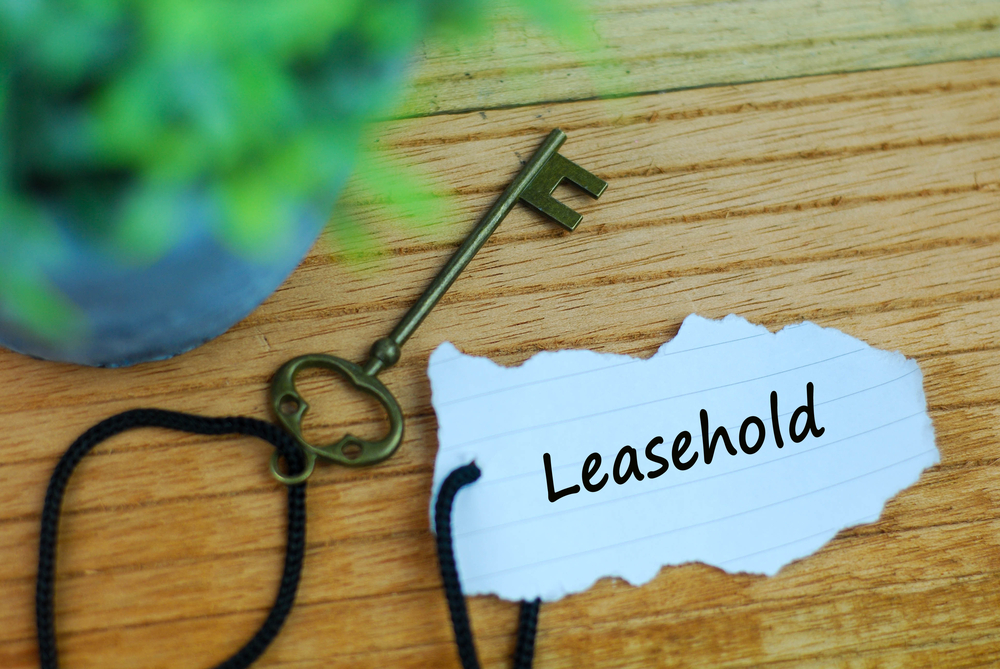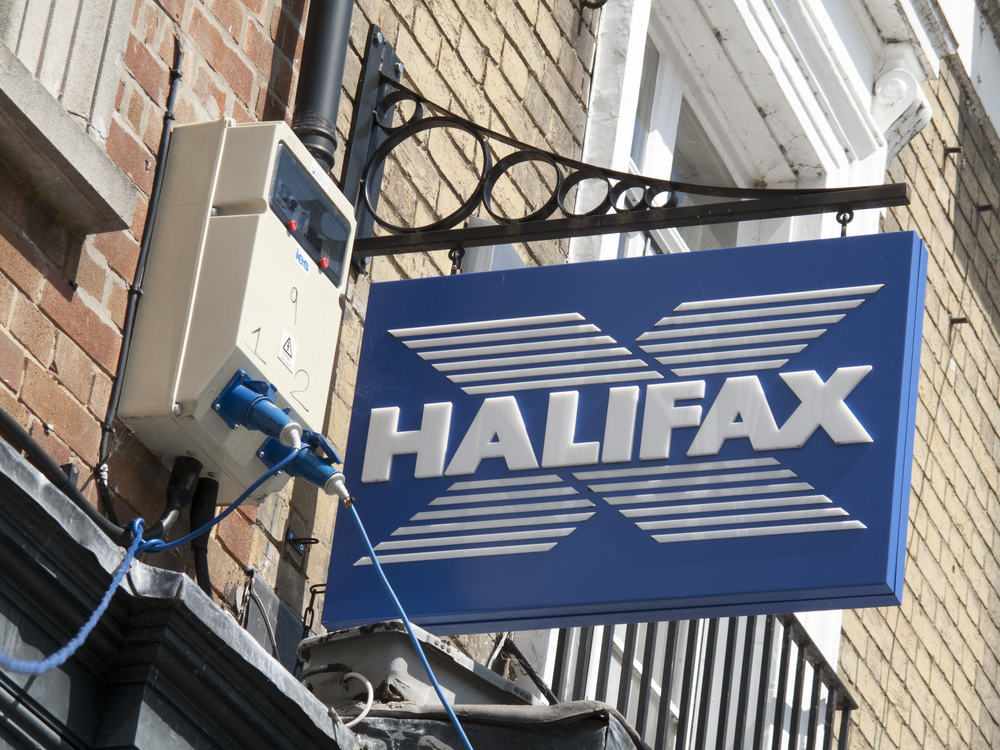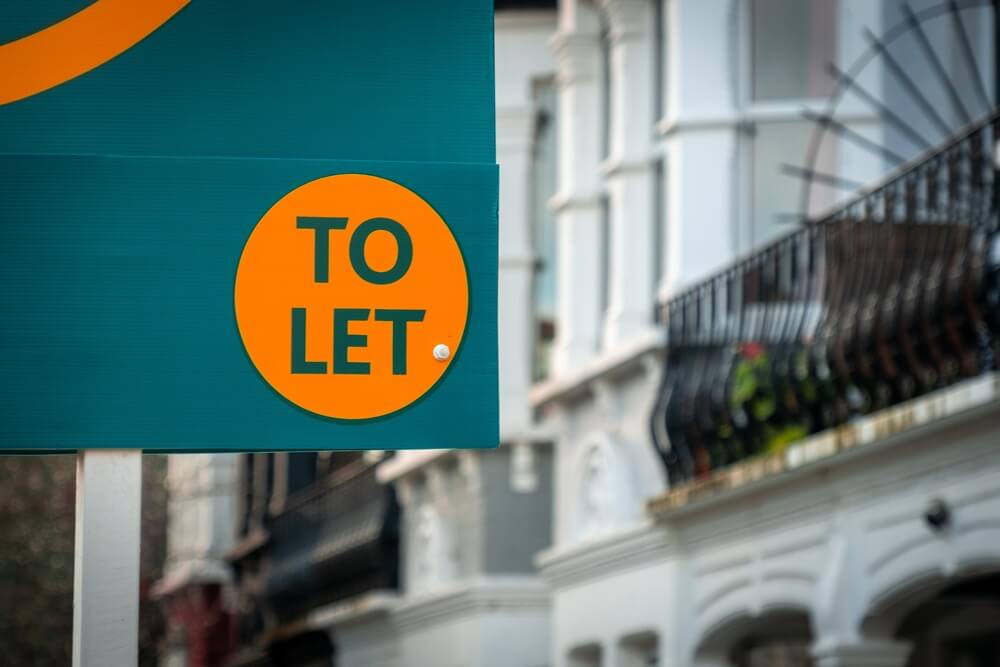Experts at the Property Investor Show reveal that just 3 per cent consider holiday apartments as the most profitable investment vehicle, compared to more traditional property assets, such as city flats and student accommodations.
However, Property Investor Show exhibitor, Assetz, suggests that UK investors could benefit from strong capital growth of around 10 per cent per year, as well as benefiting from low purchasing costs and gross rental yields of nearly 10 per cent, if they choose to put their money into onshore holiday homes.
Find a new mortgage deal
Holiday lets, particularly in British seaside towns, can earn as much in a week as the property could achieve in a month, if let on a normal buy-to-let contract.
Professionally run holiday homes in the UK also benefit from tax advantages. As long as they are available for let 140 days per year, let for at least 70 of those and are fully furnished, they are classed as commercial business assets.
Therefore, they attract business asset taper-relief, which means an upper rate taxpayer pays capital gains of just 10 per cent on the uplift in value after a two-year period rather than 40 per cent.
This compares to buy-to-let investors who benefit only from a capital gains reduction to 24 per cent after a 10-year period.
Find out how much you can borrow
Stuart Law, managing director of Assetz, said: The UK is growing in popularity as a holiday destination for both UK residents and overseas visitors. Investors are missing a trick if they continue to shun the UK holiday let market. With an average net rental yield of at least 6 per cent in the UK, this market presents a great opportunity for investors searching for above average yields.
In addition, investors can benefit from the excellent tax advantages and even use the property during the void periods for their own holidays. If a property is located in a popular tourist area it is highly likely it will produce a greater annual income than a buy-to-let property, despite having potentially much longer void periods.










 Buy-to-let
Buy-to-let










